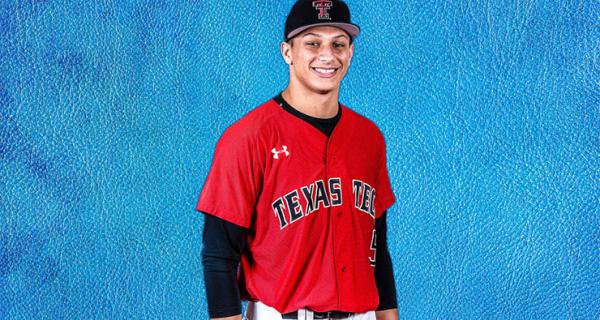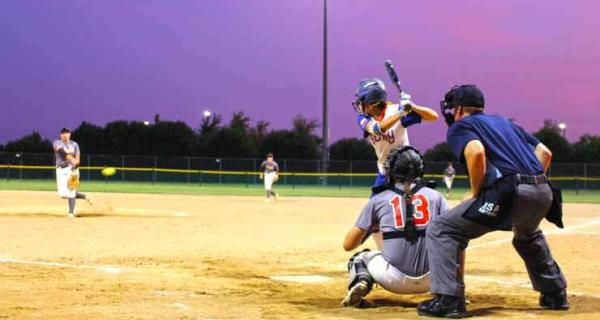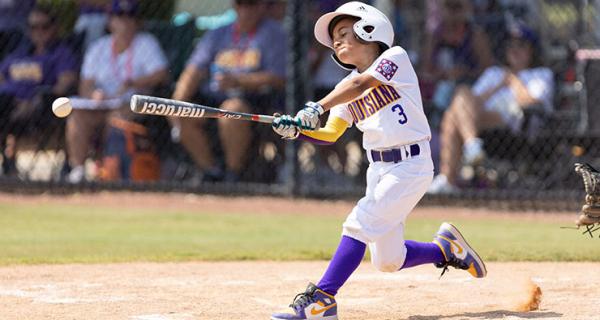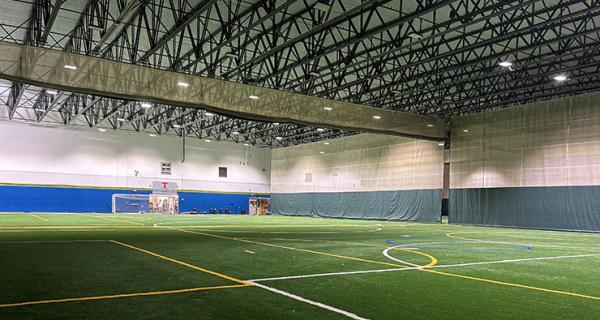Varsity Spirit Gives Athletes Something to Cheer About
Varsity Spirit has adapted to the pandemic by offering myriad solutions to ensure athletes can compete safely.
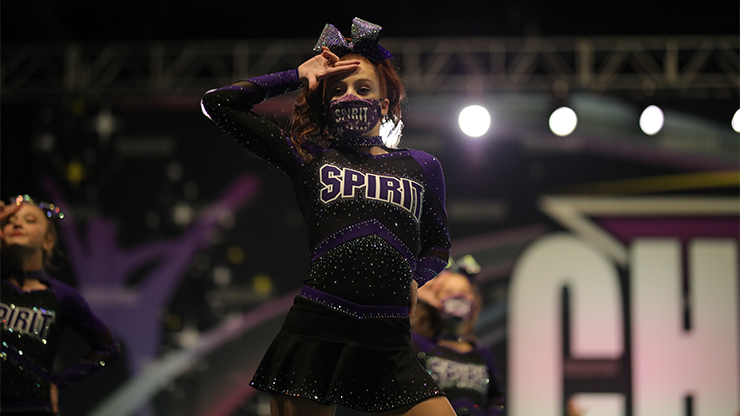
Adam Stluka, vice president of procurement, planning and partnerships at Varsity Spirit, admits he is busier than he expected to be once the pandemic gripped the country. And he’s thankful for that.
“It’s a good thing,” he says. “We’re having events. That means kids are closer to being back in school, back to their activities and doing what they love.”
COVID-19 has devastated the events industry since last March. But sports tournaments and competitions have been among the first set of in-person events to return—and not a moment too soon for athletes eager to showcase their skills and destinations trying to fill hotel rooms and venues.
Cheerleading, in particular, has the versatility to survive in this environment. Stluka and his team have adapted to the tough times, providing myriad solutions that reflect public health organizations like the CDC, state and local authorities, and event partners, among others. These modifications were put in place to continue to provide athletes, fans and spectators with the most flexible and safest competitions experience.
Out of the most challenging times anyone in the industry can remember, Varsity Spirit has learned to evolve its business model in ways that keep the health and safety of athletes, participants, spectators and employees as a top priority.
“Our big push has been the world needs spirit now more than ever,” says Stluka. “We've been overwhelmed by the responses of parents, kids and administrators how important our spirit programs have been to kids across the board—and what they bring to the student-athletes’ self-esteem and motivation.”
Making the Most of It
The key to Varsity Spirit’s ability to survive amid the pandemic is the choices it offers.
Should a destination, say Atlanta, allow for thousands to gather at one venue, Varsity Spirit has created guidelines and protocols to compete safely. These include event capacity restrictions, social distancing and a team/spectator rotation format to create an environment where crossing paths with others from outside organizations is minimal.
Likewise, if a destination is restricted by local regulations about attendance (as California has been), the competition can be completely virtual. In those cases, teams perform routines at their school or local gym/venue and are rated by judges as if everyone were under one roof.
Somewhere in the middle are the teams in one site without fans or with only one or two spectators allowed per athlete.
“Safety remains the top priority,” adds Stluka, who acknowledges fewer teams are competing at the face-to-face events than would have in the past. But, that’s not for lack of demand. Some events reach their maximum capacity quickly due to limitations in place for health and safety reasons.
Regionalized events reliant on participants within driving distance will be how groups begin to get together as in the past. In Varsity Spirit’s case, most of the events that require air travel are toward the end of the season, which could be good if COVID cases continue to decrease as more Americans receive vaccinations.
The hope is that the world opens up more this fall, and the athletes will be ready to compete indoors in a venue with hundreds of others.
Beyond the Pandemic
Meanwhile, Varsity Spirit continues to adjust its operations to build upon its prior relationships, which are at the heart of most of its deals.
“The hospitality industry in general, and sports tourism, in particular, is a very relationship-driven industry,” says Stluka. (Full disclosure: Varsity and Connect have an exclusive partnership regarding Connect’s annual fall show, to be held in Tampa Aug. 30 through Sept. 1.)
To facilitate matters and streamline the RFP process, Varsity Spirit is assigning its staff to work the regions in which they live. The theory is both sides should be familiar with each other before negotiating, building a level of trust—thus leaving logistics and dates as the main points to work out.
“In good times, it’s easy to work with groups, but COVID-19’s challenges will be the true test of partnerships,” Stluka says. “We got to experience some bad times and see if those relationships hold true,” he adds. “We’re going to be able to take a much smarter approach.”




